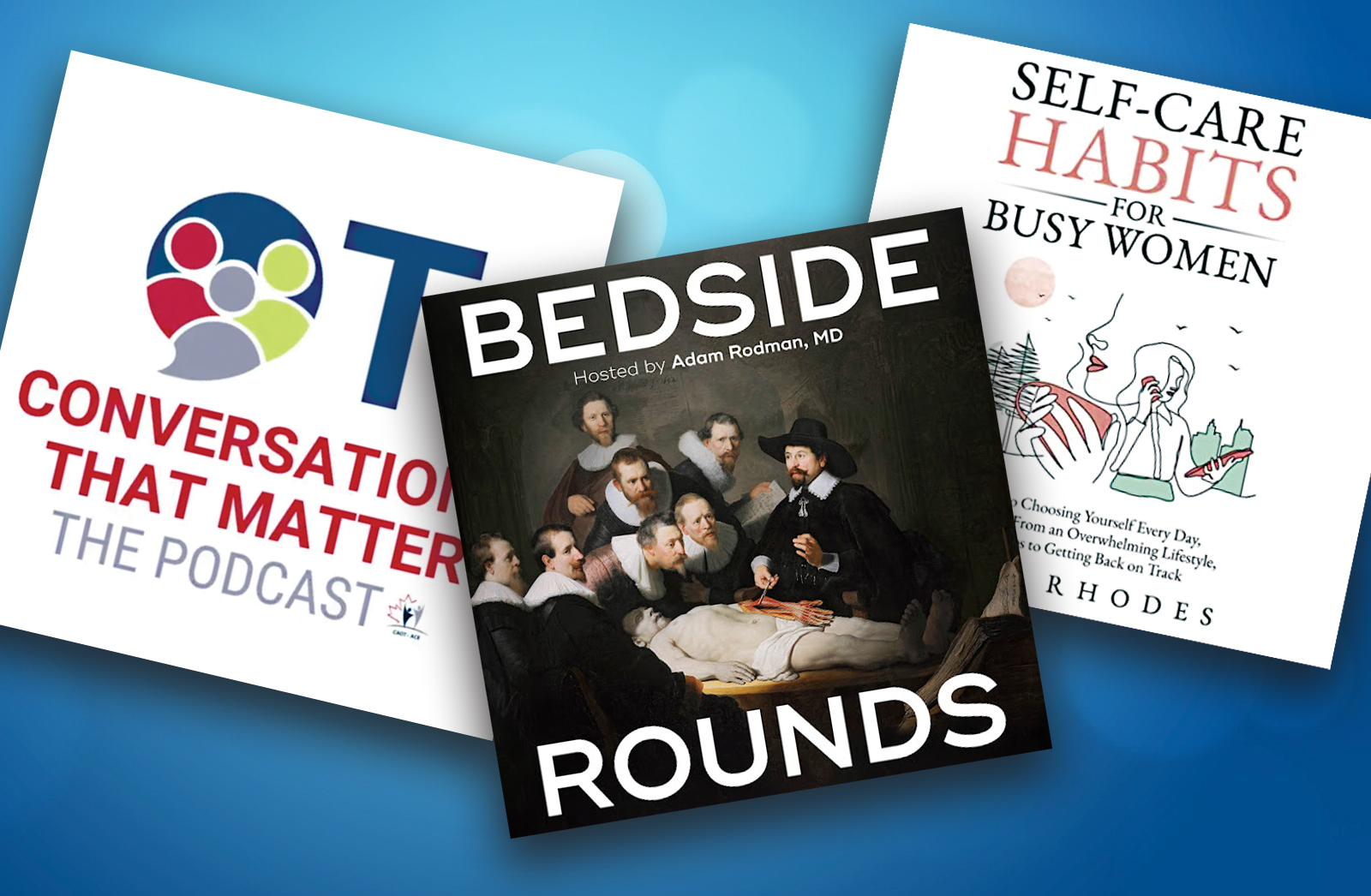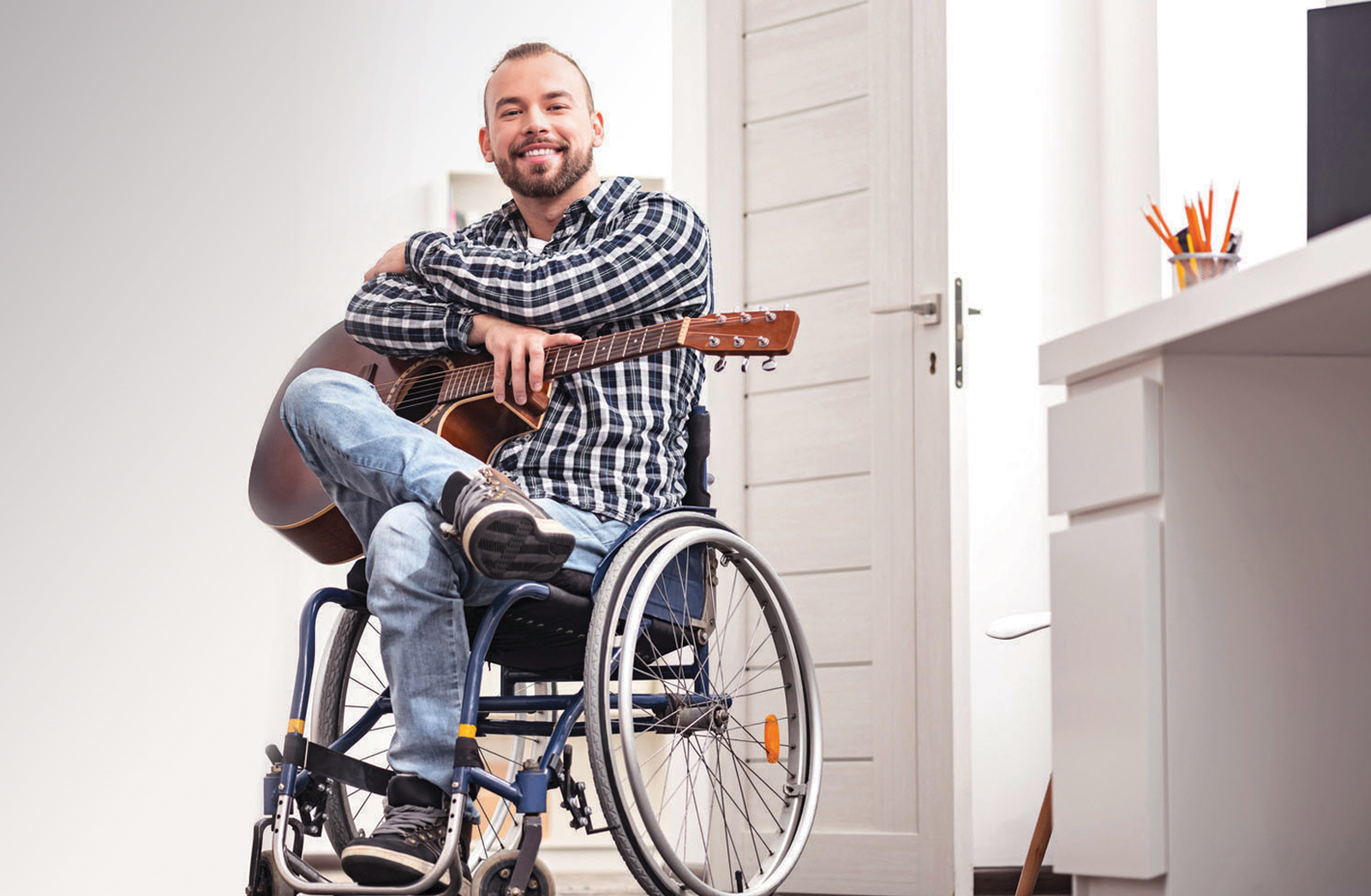Developing personalized cancer vaccines
Traditional cancer treatments—surgery, chemo and radiation are not always effective and deliver nasty side effects.
Worldwide, scientists have been working on crafting personalized cancer vaccines that re-train a patient’s T-cells to target their cancer. This involves carefully identifying the neoantigens in their tumour and working to create a vaccine that’s one of a kind.
Because everyone’s tumour is different, the discovery and validation of neoantigens costs millions and is very labour intensive and not accurate enough because out of thousands of peptides only ten might work. It’s said to be like searching for a needle in haystack.
Professor of Mathematics, Dr. Ming Li at University of Waterloo, and his team are working to make immunotherapy treatment both more accurate and affordable. With a process using deep learning technology and mass spectrometry to streamline and automate vaccine development, their method uses software called DeepImmu and Deep Novo that can quickly sequence the peptides in a person’s tumour sample and more accurately identify those likely to work.
Says Dr. LI, “Computer science and AI make this inexpensive and fast. We can then use the process to design a personalized vaccine that can be produced in a lab and given to millions of people”.
Source: Waterloo News

Nursing homes they didn’t choose
By summer of this year, more than 400 people had been forced into staying in nursing homes that they didn’t want to live in. The rate of these moves is increasing. About one-third of these patients were moved in February and March of 2024 with one 83 year-old woman, Ruth Poupard, facing a $26,000 hospital charge since a controversial law that allows such moves came into effect in 2022. During the same period 20,261 patients were moved to long term care homes according to the long-term care Minister’s office.
Bill 7 passed in haste to open up much needed hospital space, allows for people to be moved to nursing homes not of their choosing up to 70 km away, or up to 150 km away in northern Ontario, if spaces open up there first. If they refuse hospitals can charge $400 a day under the law.
Shortly after the charge was received, Poupard’s family went public with her family’s plight and talked to a variety of politicians to no avail. Of note, Stan Cho, long term care minister at the time, said “when it comes to caring for our most vulnerable seniors, a hospital is no place for them to be at, period and that bed is needed for more acute care. Overall, the system is working but the bigger problem here is that we have a giant capacity issue from decades of not building.
Ontario is in the middle of a massive redevelopment for 60,000 LTC spots.
Source: CBC

Central nervous system on a chip
In a first-ever process, researchers have been able to emulate a human embryo’s central nervous system on a computer chip—from the forebrain to the bottom of the spinal cord.
With this innovative use of modern technology, researchers will not be able to ask new questions about the development of healthy embryo’s, disease and tissue damage according to Professor Orly Reiner of Weizmann’s Molecular Genetics Department. Orly has been studying diseases affecting the developing brain for more than 30 years and started growing organoids in her laboratory about a decade ago. According to an article by Weizmann Canada, “At the centre of the chip are narrow, adhesive surfaces that are 4 millimetre long—just like those in a month old embryo. Stem cells are embedded along these surfaces which are then covered with a gel that simulates the extracellular environment allowing them to develop into three-dimensional tissue. Within a short period of time, the cells spontaneously organize themselves perfectly along the entire length of the central nervous system, just as it appears in the early embryonic stage, says Orly. Morphogens were added in order to allow the team to study the genes involved in the differentiation of cell populations in the spinal cord. A process that was not previously understood.
Source: Weismann Institute














